General Landscape Uses: Primarily recommended for natural landscapes and habitat restorations.
Ecological Restoration Notes: A rare epiphyte in hammocks and swamps.
Description: Epiphytic herb with thick, succulent leaves. Leaves 2-6 inches long.
Dimensions: About 6-9 inches in height. Spreading and forming small clumps broader than tall.
Growth Rate: Moderate.
Range: Miami-Dade and Collier counties and the Monroe County mainland; disjunct in Indian River and Brevard counties; West Indies, Mexico, Central America and South America.
Habitats: Moist hammocks and swamps.
Soils: Epiphytic; or terrestrial in moist, well-drained humusy leaf litter, acid to neutral pH.
Nutritional Requirements: Moderate; can grow on nutrient poor substrate, but needs some nutrient inputs to thrive.
Salt Water Tolerance: Low; does not tolerate long-term flooding by salt or brackish water.
Salt Wind Tolerance: Low; salt wind may burn the leaves.
Drought Tolerance: Low; requires moist substrate and high humidity and is intolerant of long periods of drought.
Light Requirements: Light shade.
Flower Color: Green.
Flower Characteristics: Inconspicuous.
Flowering Season: All year; peak in summer.
Fruit: Inconspicuous berry.
Horticultural Notes: Can be grown from cuttings.
Comments: Most plants sold as P. obtusifolia are from tropical American stock; local material is recommended. It is listed as endangered by the state of Florida.

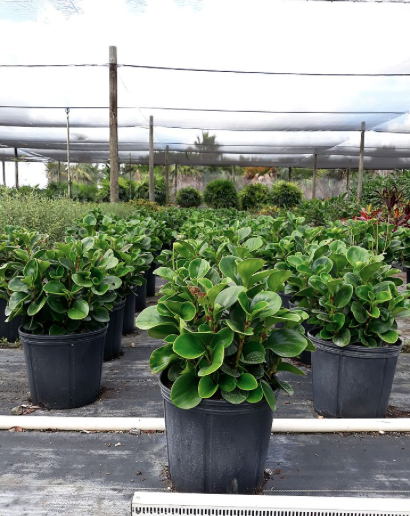
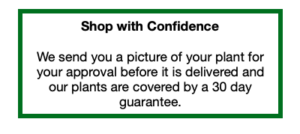
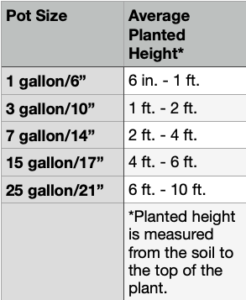
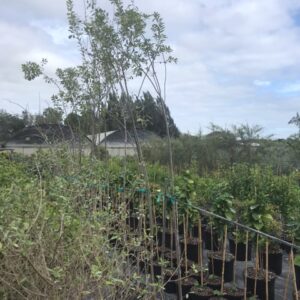
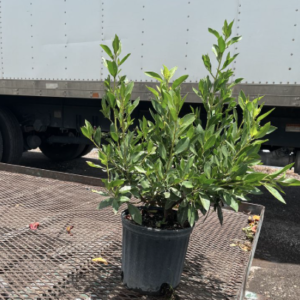
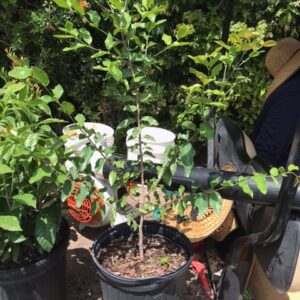
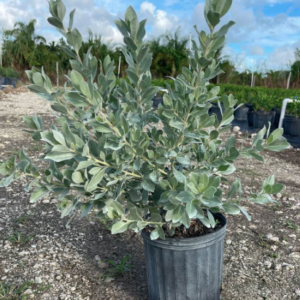
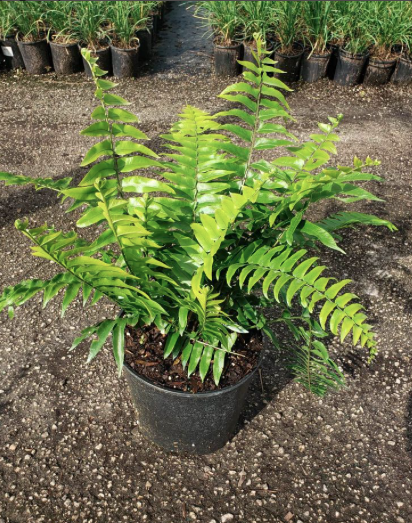
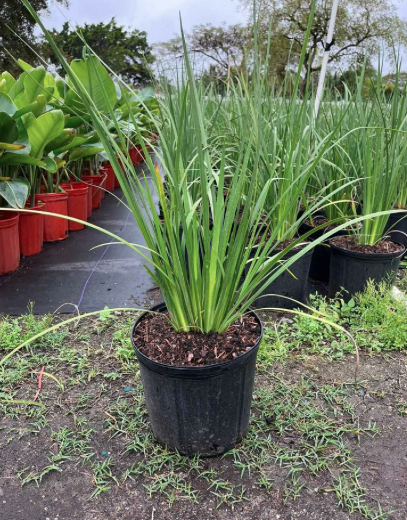
Chris Holt –
This beautiful plant showed up on our door in good shaped healthy and beautiful.
RENATT R CALHOUN –
Baby rubber plant is bigger than I expected. It too is beautiful. I can’t wait to put in my next order!!!!
Julie G. –
The plant arrived in great shape. Now I just have to keep it alive!
Cathy Lance –
It’s fabulous and pet friendly!